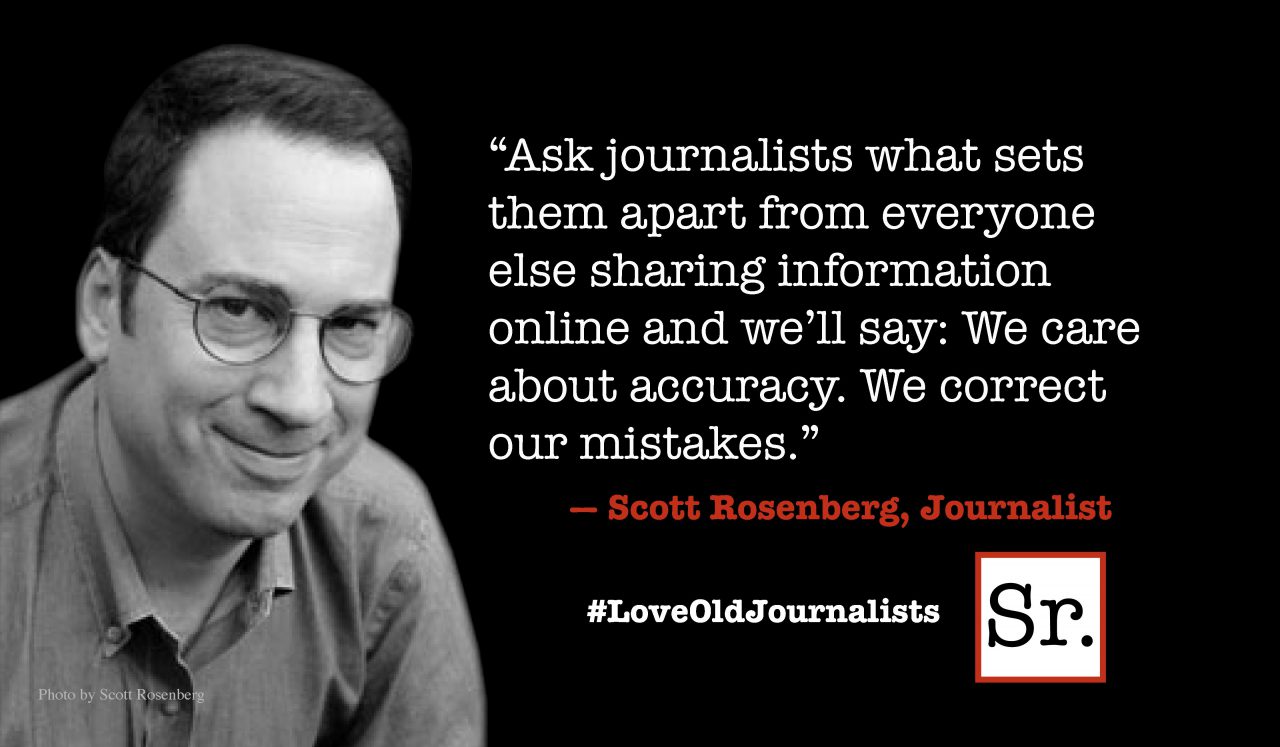Q. Are there some good ways to control anxiety without resorting to medications?
You can control anxiety by employing relaxation techniques. When your body is relaxed, breathing slows, blood pressure decreases, and you feel better. This is called the relaxation response, which is the direct opposite of the stress response.
Relaxing can counteract the effects of long-term stress, which may contribute to depression, digestive disorders, headaches, high blood pressure, and insomnia.
The techniques I will mention here should not substitute for seeing a doctor about a medical problem. Relaxation techniques are generally considered safe for healthy people, but you should tell all your health care providers about relaxation methods you are considering.
Okay, the following are some techniques:
Meditation
Meditation is used to redirect your attention away from the noise of the mind to the inner self where there are silence and peace. There are many types of meditation. You can do it as long as you like.
There are many devices for moving your attention away from your mind. You can count your breaths, repeat a word or sound to yourself, concentrate on a pleasing mental image, chant out loud, recite a prayer over and over.
Most meditation is done sitting with the eyes closed in a quiet place. Slow, rhythmic breathing is an important element of meditation.
Deep Breathing
With deep breathing, you consciously slow your breathing and focus on taking regular and deep breaths. I like the 4-7-8 technique. You inhale slowly through your nose for a count of 4, hold your breath for a count of 7, and then exhale slowly through your mouth for a count of 8.
Guided Imagery
Also known as visualization, guided imagery is a technique that involves focusing on images that make you happy. These replace thoughts that are negative and stressful.
Progressive Relaxation
For this relaxation method, you focus on tightening and relaxing each muscle group. Progressive relaxation is often combined with guided imagery and breathing exercises.
Biofeedback
Biofeedback is a technique you can use to learn to control your body's functions. You're connected to electrical sensors that help you receive information about your body. This feedback helps you focus on making changes in your body, such as relaxation.
Autogenic Training
Autogenic means something that comes from within you. In this relaxation technique, you use both visual imagery and body awareness to reduce stress. You repeat words or suggestions in your mind to relax and reduce muscle tension.
Self-Hypnosis
In self-hypnosis, you produce a trance-like state in which you have heightened focus and concentration. Hypnosis is usually done with the help of a therapist using verbal repetition and mental images. When you're under hypnosis, you usually feel calm and relaxed and are more open to suggestions.
Tai Chi
Tai chi (pronounced tie-chee) is practiced all across China. A person doing tai chi progresses slowly and gracefully through a series of movements while breathing deeply and meditating. Tai chi has been called moving meditation.
Yoga
Yoga refers to traditional physical and mental disciplines that originated in India. Proper yoga practice combines physical postures that participants flow into and then hold before proceeding to the next posture; a focus on breathing techniques that make participants more aware of their bodies, and deep meditation and relaxation.
Massage
There are more than 80 kinds of massage that manipulate soft tissue. The purpose of massage is to relax the tissue, increase the flow of blood and oxygen, and decrease pain.









